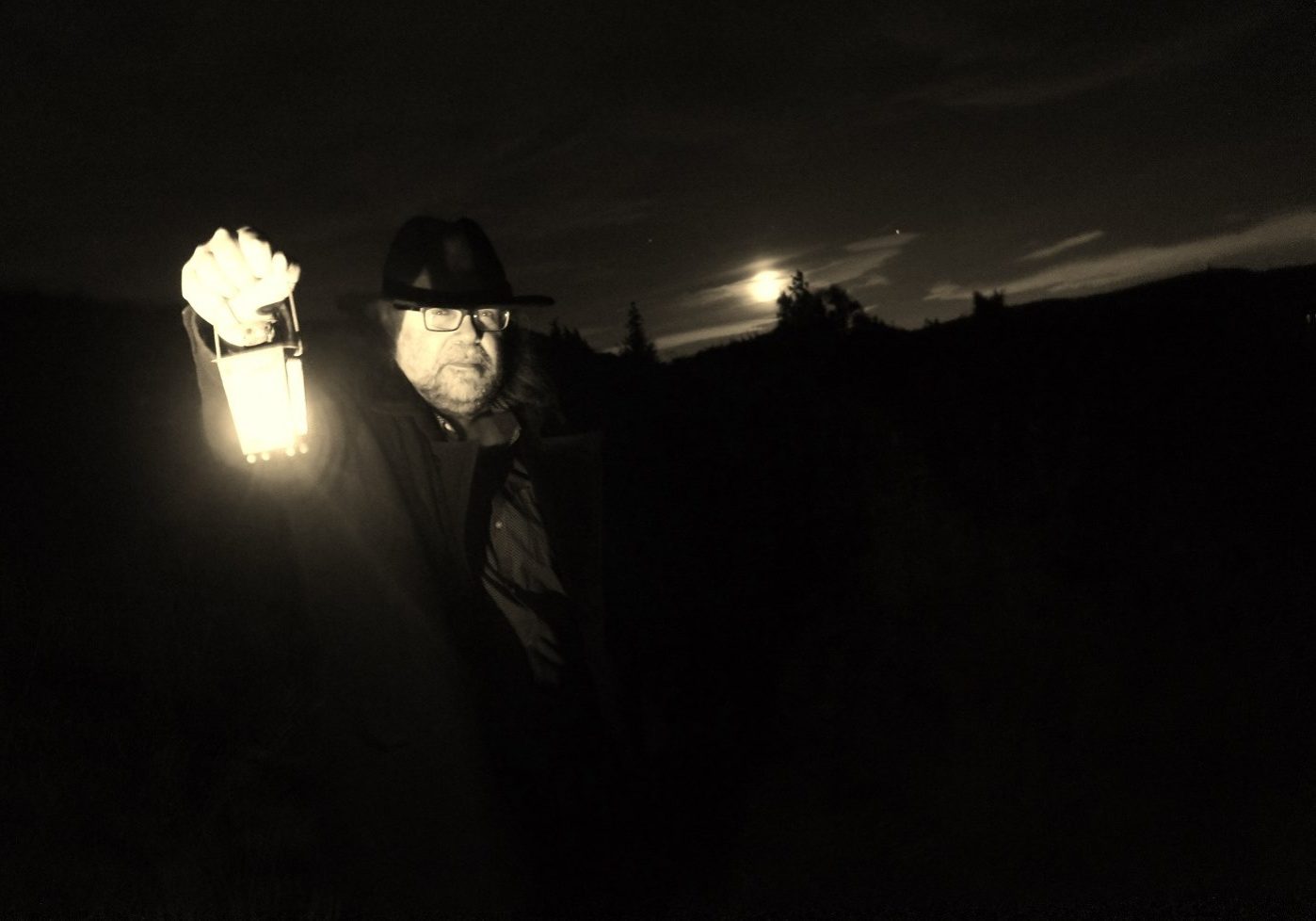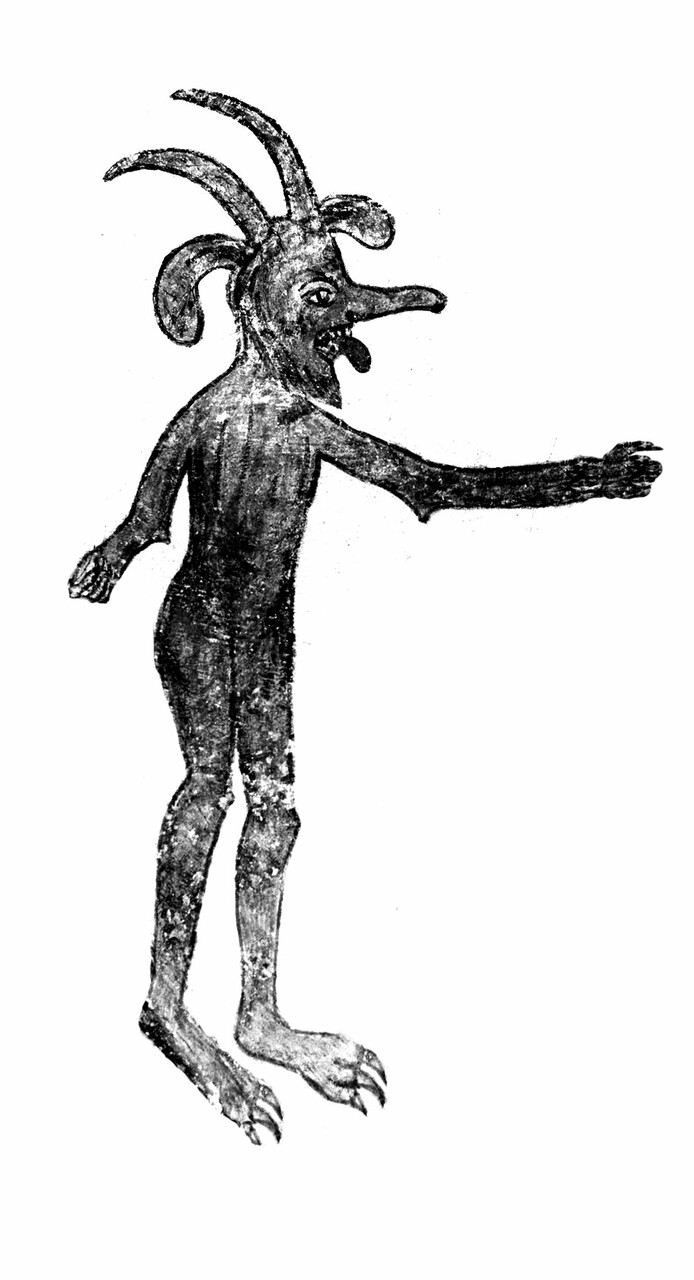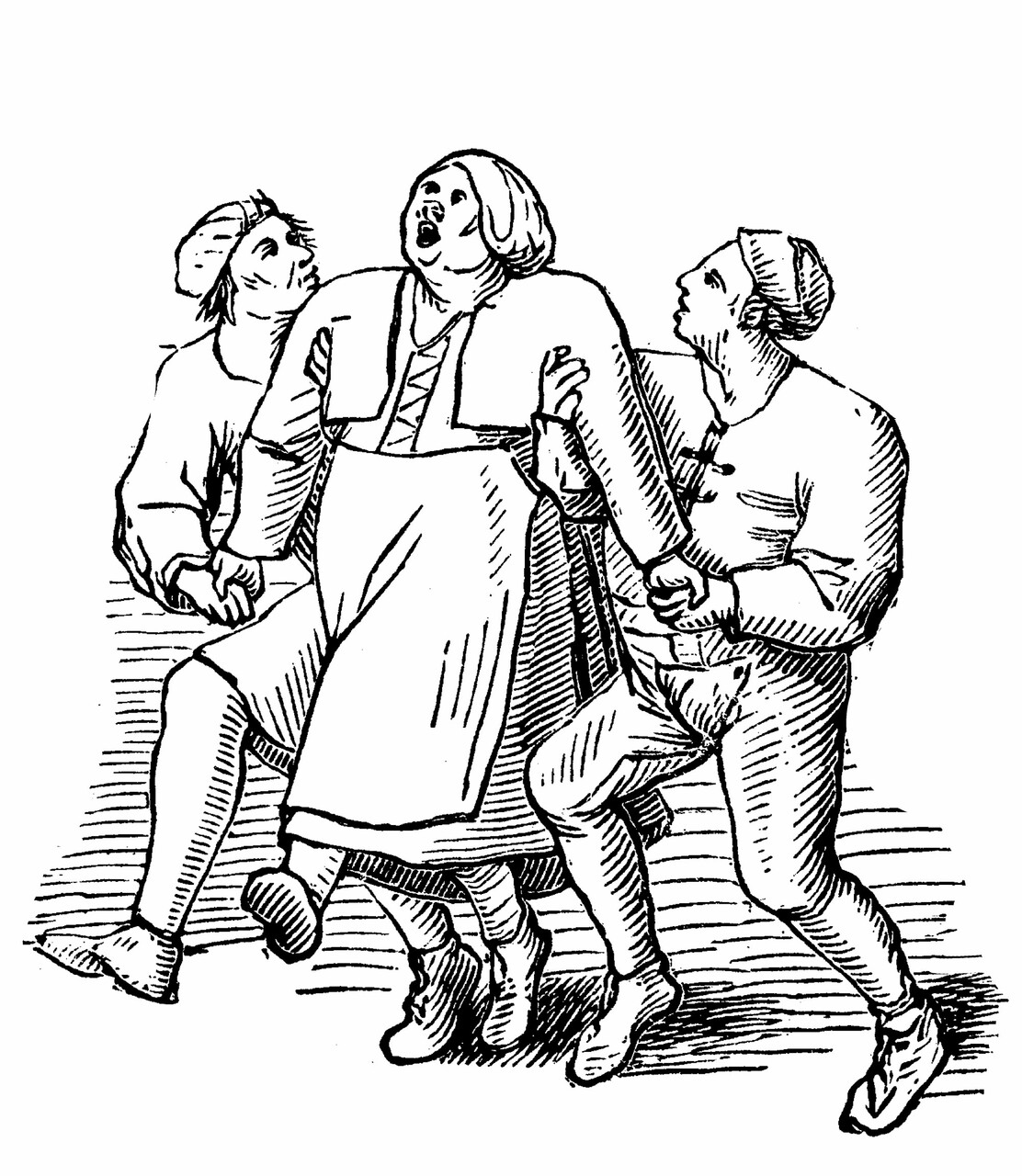
Demonic Possession in Lancashire – The Surey Demoniack
by Paul Weatherhead
What should you do if your son is possessed by the devil?
Why, turn him into a demonic freakshow and invite the drunken public to come and gawp at him as he gibbers, capers and blasphemes, of course! Well, that’s what happened in this weird case of demonic possession from 17th century Lancashire.
Richard Dugdale was a 19-year-old gardener living near Whalley, Lancashire. One night in the summer of 1688 he was drinking at the Whalley rush bearing festival when he saw a young woman he wanted to dance with, though he was not much of a dancer.
He went as far as to say he would give himself to Satan if only he could be a great dancer.[i] And that’s when his troubles began. Soon after, Dugdale experienced a sudden burning in his side as if he were being stung by nettles or pricked with needles. He began to hear voices and see visions, one of which was a disembodied head, and he felt an irresistible inclination to dance. He started to have frequent and violent fits, and people suspected he was possessed by the Devil.[ii]

Medieval illustration of the Devil
The Reverend Thomas Jolly collected many witness statements and published them in his 1697 pamphlet The Surey Demoniack. Witnesses claimed to have seen Dugdale float up out of his chair such that he had to be held down. He was said to have vomited stones and curtain rings, and to have spoken in a voice that was not his own, as well as in Greek and Latin, languages which he did not know.
“He was said to have vomited stones and curtain rings, and to have spoken in a voice that was not his own”
Others said Dugdale produced horrible noises like those made by a pig or a bear, or that he would describe in awful and graphic detail the torments awaiting in Hell. Witnesses saw a lump as big as a cat or dog appear on his leg and then migrate along his body to his chest. A knife suddenly appeared in his mouth lengthways. Witnesses also said that during his fits Dugdale would be as light as a feather and then become as heavy as a horse.[iii] Dugdale was taken to a barn known as the ‘Surey’. There his father exhibited him in what must have been a grotesque Satanic freakshow, and many came to see Richard Dugdale, ‘the Surey Demoniack’ as he danced, leapt and performed his possessed repertoire before a drunken crowd of onlookers.

This is how the Reverend Jolly described his dancing: [Dugdale’s dancing] … excelled all that the spectators had seen or heard of, or probably all that mere mortals could perform; for he often, for 6 or 7 times together, leapt up so, as that part of his legs might be seen shaking and quavering above the heads of the people; from which heights he often fell down on his knees, [on] which he long shivered and traversed on the ground, at least as nimbly as other men can twinkle or sparkle their fingers; then springing up into his high leaps again and then falling on his feet, which seemed to reach the Earth but with the gentlest, and scarce perceivable touches, when he made his highest leaps.[iv]
They stayed for two weeks while Krabtree bled young Dugdale
Sometimes a thousand spectators would come to see the spectacle and to witness Reverend Jolly converse with the Devil himself through the medium of the Demoniack. [v]. In the spring of 1689 Richard Dugdale and his father Thomas travelled to Todmorden to seek the help of Henry Krabtree. Krabtree was the curate of St Mary’s church in Todmorden, but also had a reputation as a healer, magician and some would say necromancer who did a bit of ghostbusting on the side.[vi]
They stayed for two weeks while Krabtree bled young Dugdale, a common treatment for many ailments at the time. The first occasion this happened, Dugdale’s blood was supposedly as black as ink and only drawn with great difficulty. At a later time, Krabtree gave Richard ‘physick at once enough for six men’.[vii]
It’s not known which, if any, other treatments Krabtree employed, though perhaps he administered herbs or even performed magical rites. Although Dugdale’s fits abated while under Krabtree’s care, they returned more violently than ever when father and son returned home. After Krabtree’s unsuccessful treatment of him, the Surey Demoniack’s fame continued to spread.
In July 1689, the Surey Demoniack visited Reverend Jolly and over the next year Jolly and several other prominent dissenting ministers attempted to exorcise him. [viii] One year later, Dugdale’s strange fits ceased. The Reverend Jolly claimed to have successfully exorcised him,though doubters said Dugdale had also been treated by two different doctors.[ix]
But what of Dugdale’s amazing supernatural feats and the signed statements by witnesses? Well, it turned out that the people who signed Jolly’s witness statements were illiterate and did not know what they were signing.[x] This strange episode from Lancashire history is somewhat reminiscent of the fairy story The Red Shoes by Hans Christian Anderson. In the story, a vain girl,
obsessed with her shiny new shoes, is punished for her vanity when the shoes take on a life of their own and force her to dance uncontrollably until, in despair, she gets an executioner to chop off her feet. Even then, the shoes, with her severed feet inside, continue to dance off into the sun set.[xi] Fairy tales were dark in those days…
However, dancing manias were a real phenomenon and there were several episodes throughout the Middle Ages. In these hysterical outbreaks, the poor sufferers suddenly began to dance uncontrollably. They danced until their feet bled, and still didn’t stop. They cried out in anguish to passers-by for help. They danced till they dropped. Many danced until they died.

These cases often started with one person, like Richard Dugdale, suddenly having an uncontrollable urge to dance. This then spread to others, until more and more dancers joined in.[xii]
However, when we get to Richard Dugdale’s time these epidemics of contagious dancing hysteria had pretty much died out, which is perhaps a good thing. If Dugdale had been around a couple of centuries earlier, perhaps the whole of Lancashire would have started dancing uncontrollably as happened in Strasburg and several other cities and regions round medieval Europe! In the end it’s not clear what exactly happened to poor old Richard. Was he suffering from a mental illness or hysteria that was interpreted through the superstitious culture of his time? Was it simply a show put on for paying customers? Was he exploited by his father and the Reverend Jolly, or was Dugdale himself a trickster controlling the would-be exploiters? It’s certainly a fascinating slice of weird Lancashire history. Stay tuned for more true tales of demonic possession from the red rose county coming soon…
NorthernLife Nov/Dec 22
[i] Lieut-Col Fishwick ‘The Lancashire Demoniacs’, The Historical Society
of Lancashire and Cheshire, volume 35, (1886) p.139
[ii] Thomas Jolly, The Surey Demoniack, London (1697)
[iii] Fishwick (1886) pp.40-41
[iv] Jolly (1697) p.32 (I’ve modernised spelling and vocabulary)
[v] Ibid p.40
[vi] Paul Weatherhead, Weird Calderdale (Tom Bell Publishing: Hebden
Bridge, 2021) pp.193-204
[vii] John Birch, Henry Krabtree: Curate of Todmorden, (Paper Portal
Publishing, 2019) p.112
[viii] Ibid p.114
[ix] Ibid p.114
[x] Zachery Taylor, The Surey Imposter, (Manchester, 1697)
[xi] http://hca.gilead.org.il/red_shoe.html
[xii] See John Waller, The Dancing Plague (Illinois: Sourcebook, 2009)



